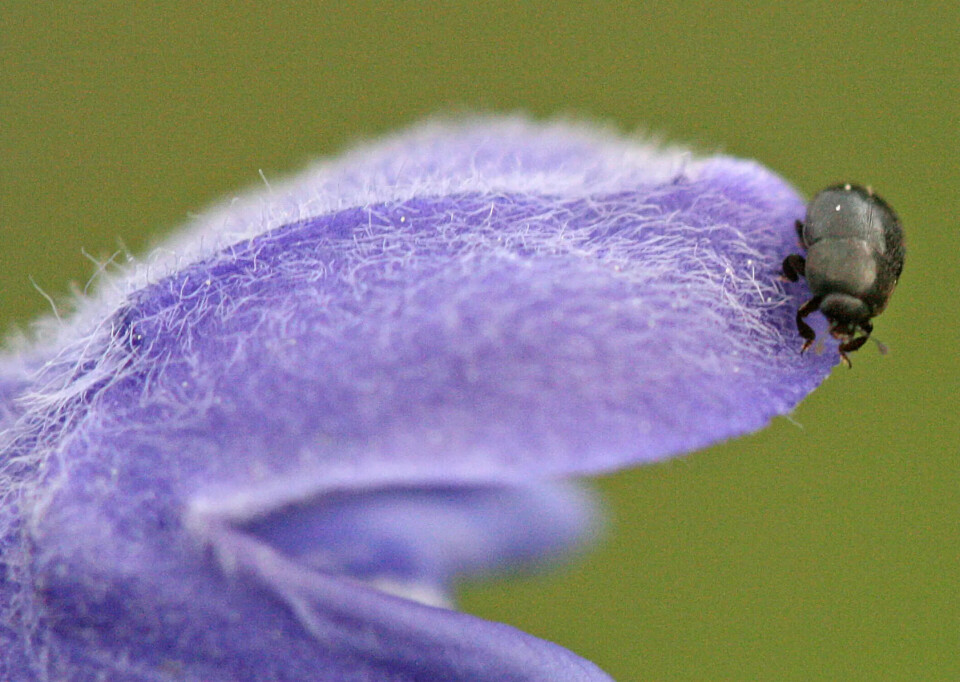
This beetle lives only in Norway, on an endangered flower
It is only found in a few locations in Norway.
“We’re heading out to remove juniper,” Camilla Lorange Lindberg says excitedly.
As a biologist, she advocates for Norwegian species. She is not fond of foreign species that threaten biodiversity and is eager to uproot them.
It's just that juniper is not a threatening alien species at all.
Northern dragonhead trumps juniper
Together with Moss municipality, the Norwegian Archipelago Service, and a group of researchers, Lindberg will uproot juniper, map the population, and advocate for the future of the Northern dragonhead.
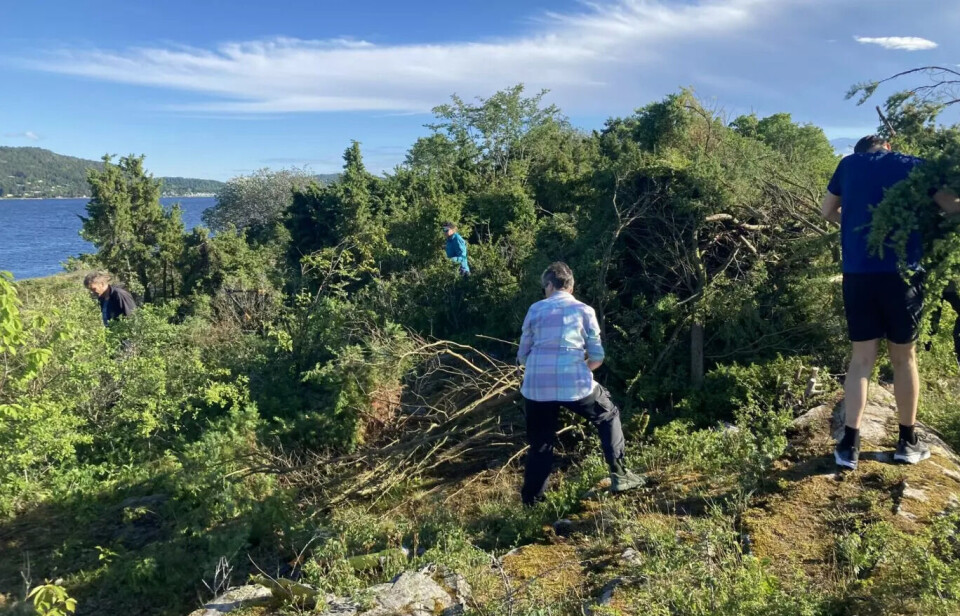
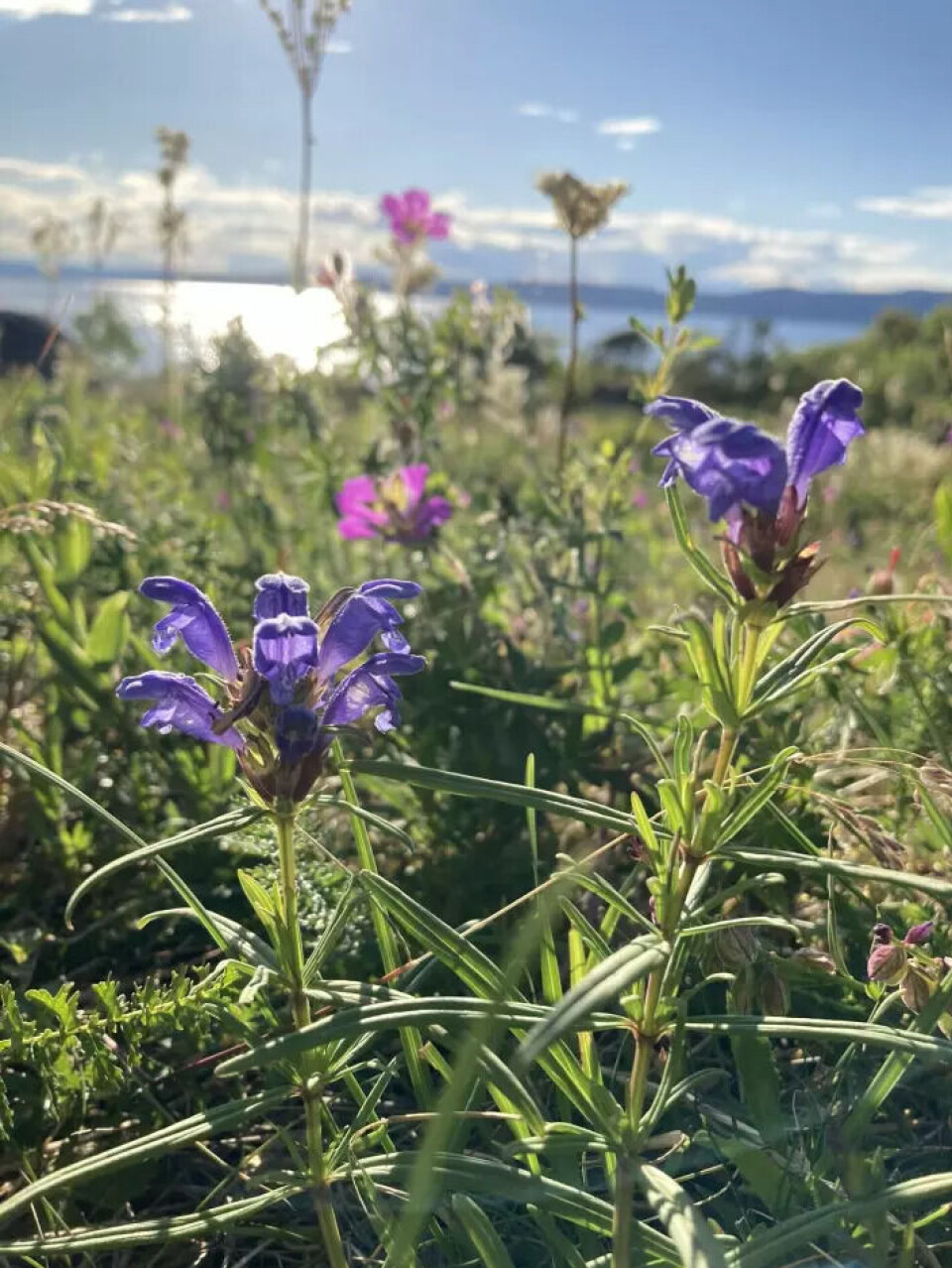
This rare flowering plant is found only in a few locations in Norway.
“It’s protected in Norway, which very few species are. It’s considered vulnerable on the Norwegian Red List, and its numbers have significantly declined. In 2011, it became a priority species,” says Lindberg.
In other words, the Northern dragonhead trumps juniper. Juniper is so resilient that its distribution map lights up red on the Norwegian Biodiversity Information Centre's website. On the island of Bile, a one-hour drive from the capital Oslo, the Northern dragonhead is threatened by the increasingly spreading juniper.
Not only that, but on the Northern dragonhead flower on Bile, there is a tiny creature that is more endangered than the plant itself.
Tiny and important
A small, black beetle is entirely dependent on the Northern dragonhead flower, living and feeding on it. In Norwegian, the beetle is aptly named dragehodeglansbille (dragonhead sap beetle).
“It's tiny! It's quite amusing that such an important species is so small,” says Lindberg.
By important, Lindberg does not mean that we would go without food or that the circle of life would be broken if the beetle disappeared.
There are other things that make this beetle interesting to researchers.
Not only is it tiny, measuring about two and a half millimetres, but it is also red-listed and exceptionally rare.
Has appeared in more places – still very limited
The beetle, Thymogethes norvegicus in Latin, lives only on the Northern dragonhead plant. This flower hosts their eggs, providing a safe haven from weather, wind, and hungry predators.
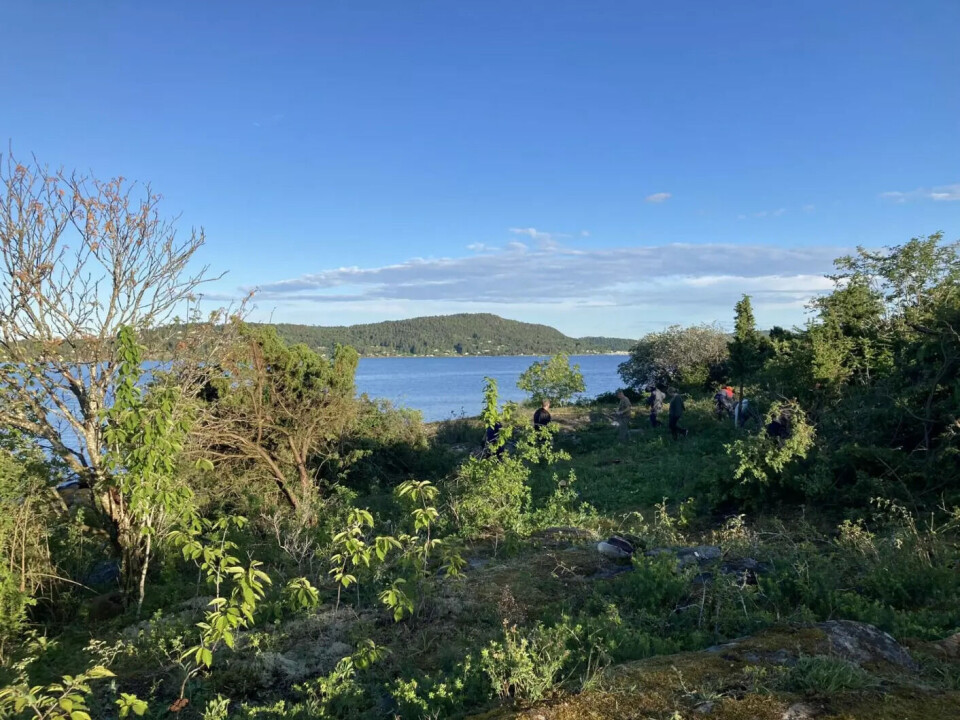

A beetle that spends its life on a single flower is rare. Even more peculiar is that this beetle is only found in a few locations where the dragonhead grows.
Scientifically, we have known about this beetle for a relatively short time. Researchers first found it in 1926 on the inner islands of the Oslofjord. It was not described as a distinct species until 1959. Despite this late scientific description, the species is likely ancient.
Initially, it was only known to exist on Fornebulandet, further north of the island Bile.
In the early 2000s, it began to be discovered in more locations by researcher, including Anders Endrestøl. He works at the Norwegian Institute for Nature Research and is one of the researchers who have mapped the dragonhead sap beetle.
Mapping the distribution of Northern dragonhead in Norway took time, but eventually, many dots appeared on the species map. This has made it earier to locate and study the beetle.
A mystery
“Some are perched precariously high on the cliffs of Sollihøgda. Others cling to the mountainsides in Ringebu,” says Endrestøl.
In essence, he has ventured into places he would not have otherwise visited in search of the dragonhead sap beetle. Often, however, he finds none – for instance, in Ringebu.

The dragonhead sap beetle reside farthest from the Oslofjord on Hadeland.
“From there, they are sporadically found in a narrow band towards Ringerike and Hole, before making a leap over Sollihøgda and reappearing in Asker, Bærum, Oslo, and Frogn,” he says.
He adds that they are found on Bleikøya, an island in the Oslofjord, but not a 'stone's throw' away on the Ekeberg slope in Oslo, where Northern dragonhead thrives.
The question remains: Why is the beetle found only here? Northern dragonhead exists in several countries.
Strange that the beetle is not found in Sweden
“I find it mysterious,” says Endrestøl.
He has personally searched for the beetle in several countries: Sweden, Latvia, and Poland, all of which have Northern dragonhead plants. However, there is no sign of the dragonhead sap beetle.
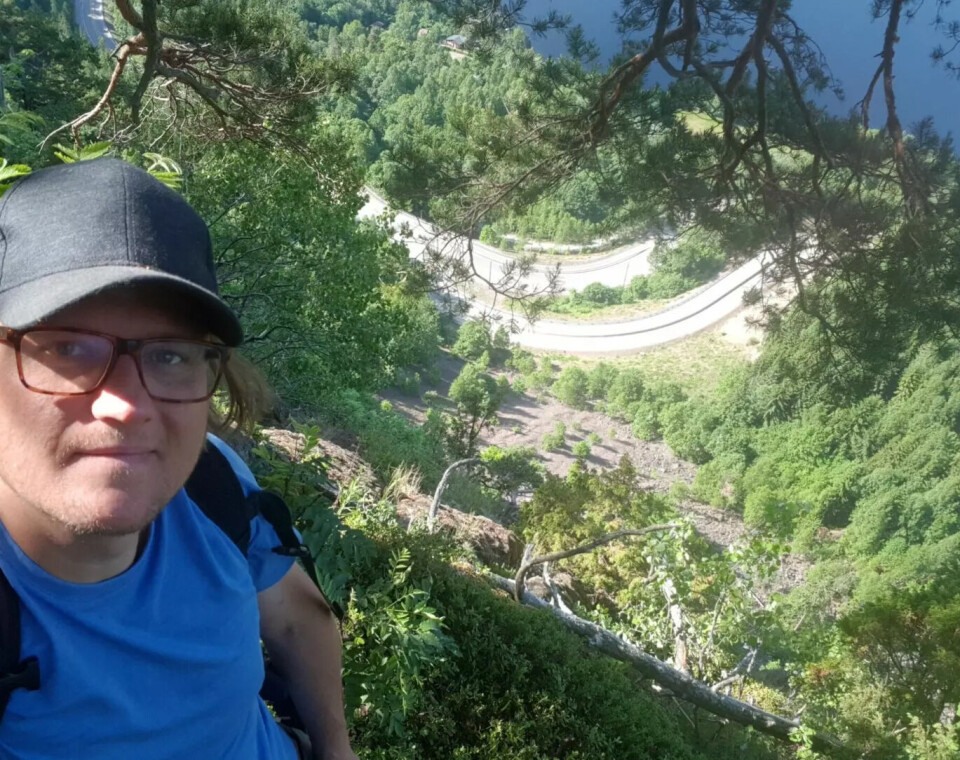
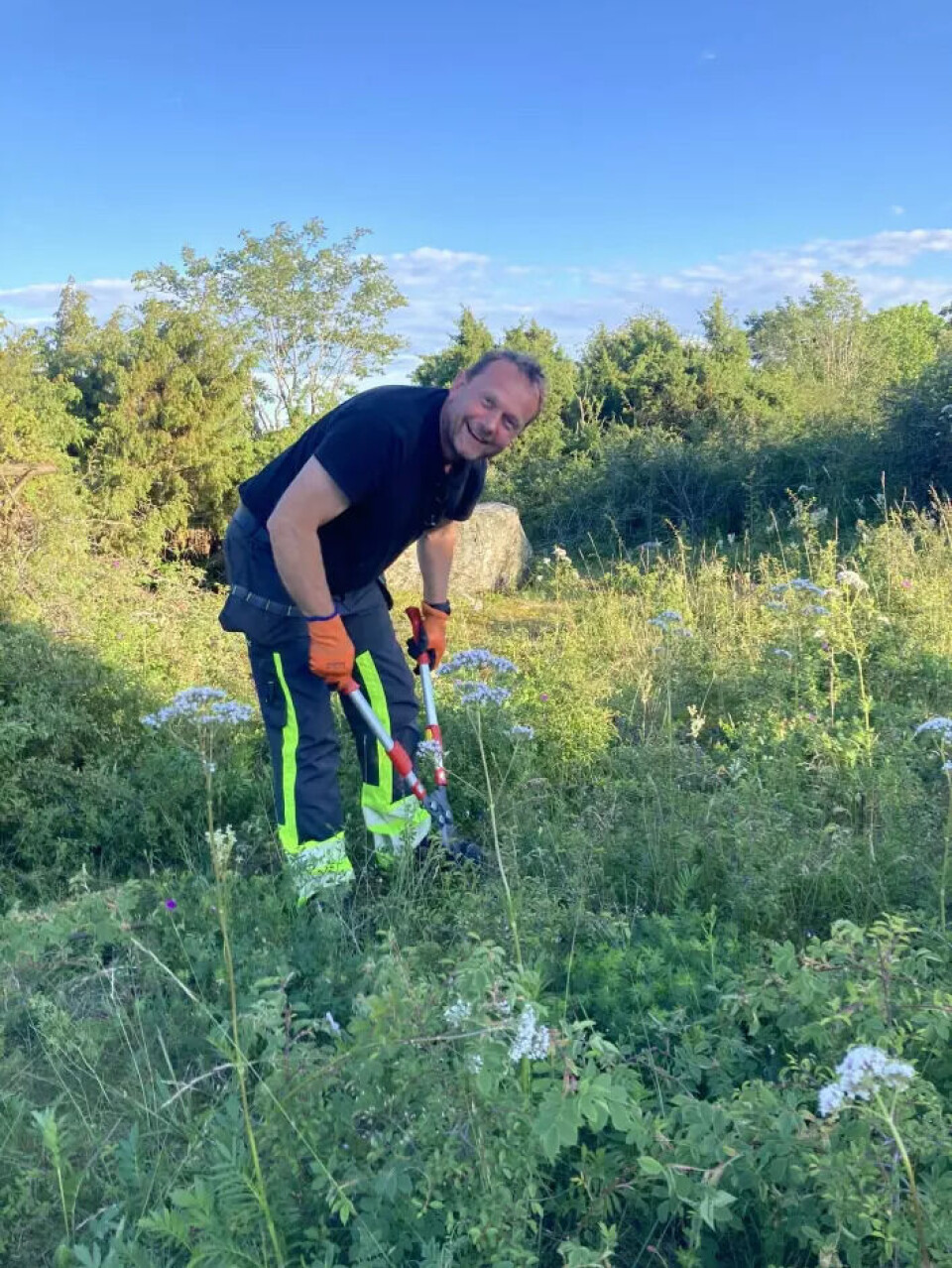
“Sweden has substantial populations of the plant, so it's strange that the beetle isn't also present there. Some believe that it’s there, but that no one has found it yet. But I won't believe it until I see evidence,” says Endrestøl.
“I actually think the distribution is quite clear now.”
A paradise for beetles
Endrestøl was part of the Northern dragonhead conservation effort on Bile, and sciencenorway.no spoke with him afterwards.
The rescue operation was successful. Botanists enjoyed the dragonhead blooms at their most magnificent, and Endrestøl, who has a passion for insects, was especially pleased.
“Yes, the dragonhead sap beetle was there,” he confirms.
The Northern dragonhead was in full bloom, but sightings of the dragonhead sap beetle were scarce, notes Endrestøl. Perhaps it was a bit late, as the sudden onset of summer heat in May caused an early explosion of spring. The dragonhead sap beetle lays its eggs during the spring.
How it reproduces
When the Northern dragonhead is ready to bloom, the female beetle flits around. She finds a bud and bites into it, laying her pre-fertilised egg.
After that, her job is done. She dies within a couple of weeks, Endrestøl says.
“By mid-June, she’s gone. Then you’ll only find the larvae,” he says.
When the egg hatches, the larva feeds on the fruit of the flower. Endrestøl was the first to find the dragonhead sap beetle’s larvae.
“Later in the summer, you can often find a withered flower on the Northern dragonhead. In many cases, the larva is nestled within the flower's tube,” he says.
Eventually, the flower falls to the ground. The larva then pupates and emerges in the autumn. The beetle then spends time growing. Researchers still do not how it overwinters. But it does, and in spring, it is ready for the next cycle.
Adult beetles do not need much food, but they likely eat a little pollen, says Endrestøl.
No found north of Hadeland
“The plant is a priority species protected by Norwegian law, but the beetle is not,” says Endrestøl.
The Northern dragonhead plant relies on its habitat not becoming overgrown.
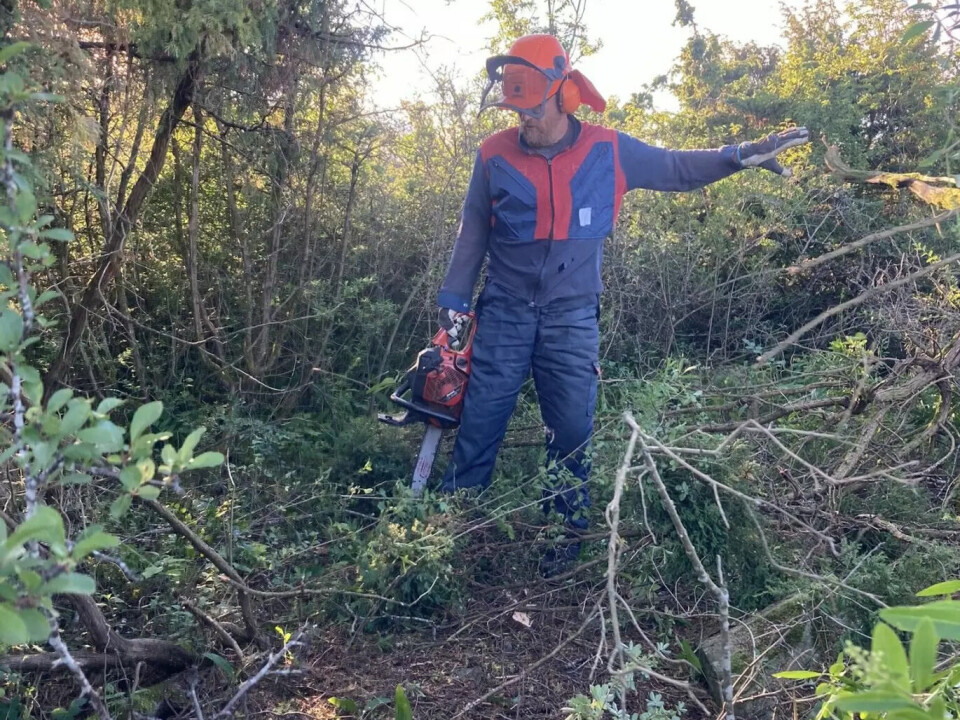
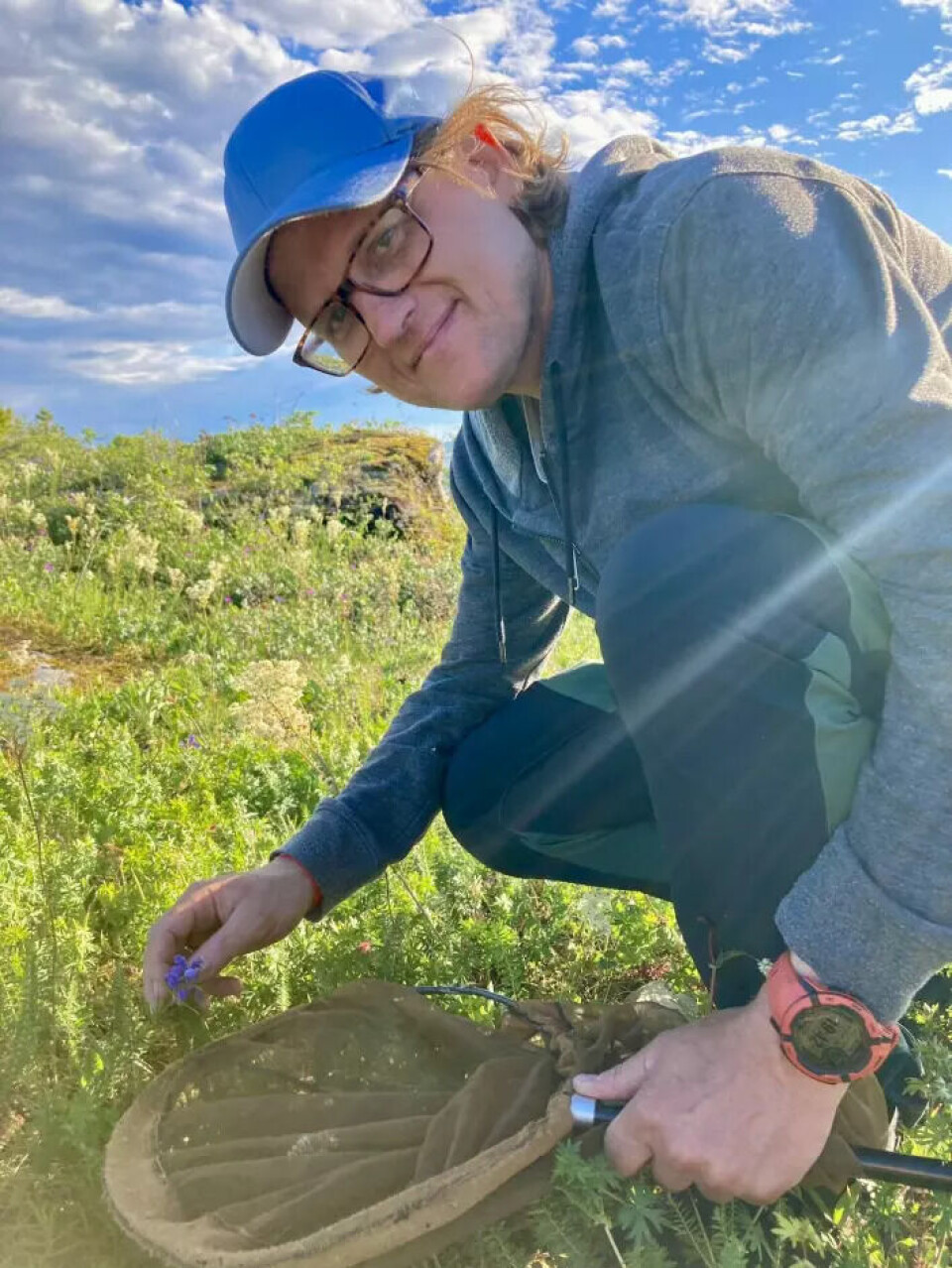
Mowing and clearing brush help maintain the plant. Another method is burning away the encroaching brush.
“If burn the area to save the plant, imagine the impact on the beetle,” he says.
Endrestøl suggests that late-season mowing is likely effective, but conservation efforts must consider both the plant and the beetle.
In the inner Oslofjord, where the beetle is found, there are many threats. Overgrowth, trampling, and wear, as well as development, all pose risks.
Impact on Northern dragonhead seeds
“Does the Northern dragonhead benefit from the dragonhead sap beetle, or is it only the beetle that benefits from the dragonhead?”
“I would say the latter if you press me for an answer,” says Endrestøl.
“The beetle damages the seed production of the dragonhead. However, it never reaches a population large enough to cause complete destruction, so the flower is never entirely stripped of seeds.”
There are few of them, and as far as we know, they are as insignificant as they are small. Despite this, the beetle experts believe we should help ensure their survival.
“They live and exist. They have their own unique value and a long history of survival. We can be proud that Norway has a beetle found only here,” he says, noting that it is quite the connoisseur.
“It needs a warm and pleasant environment and lives on the prettiest flowers.”
———
Translated by Alette Bjordal Gjellesvik
Read the Norwegian version of this article on forskning.no






































